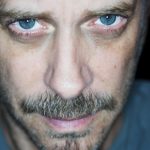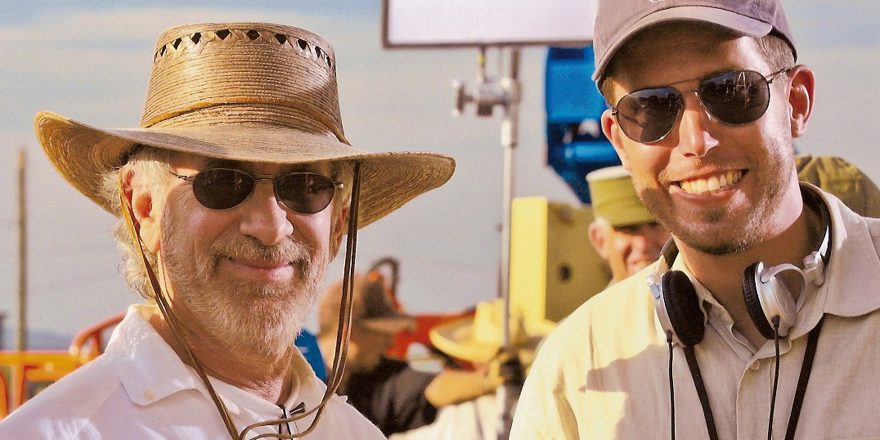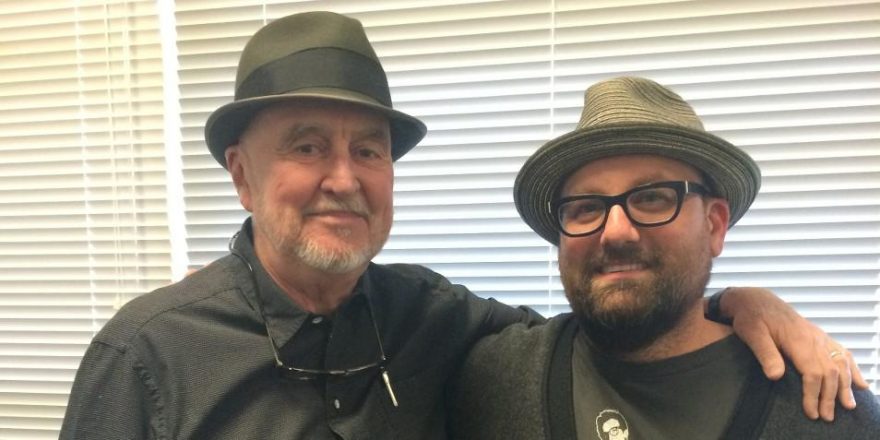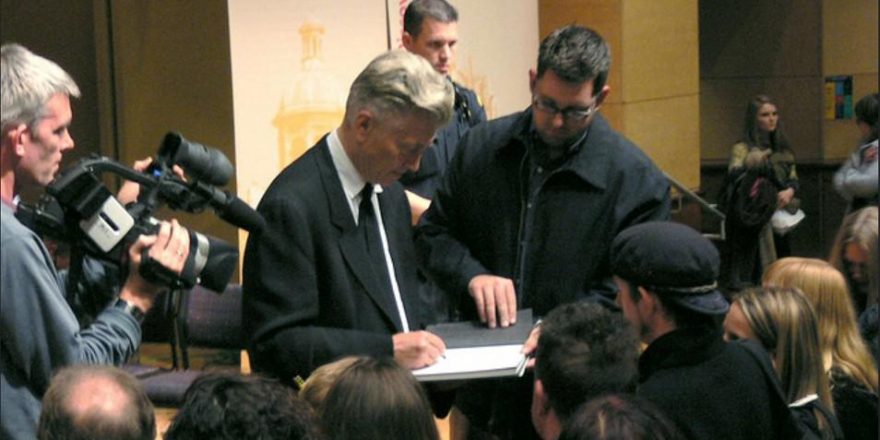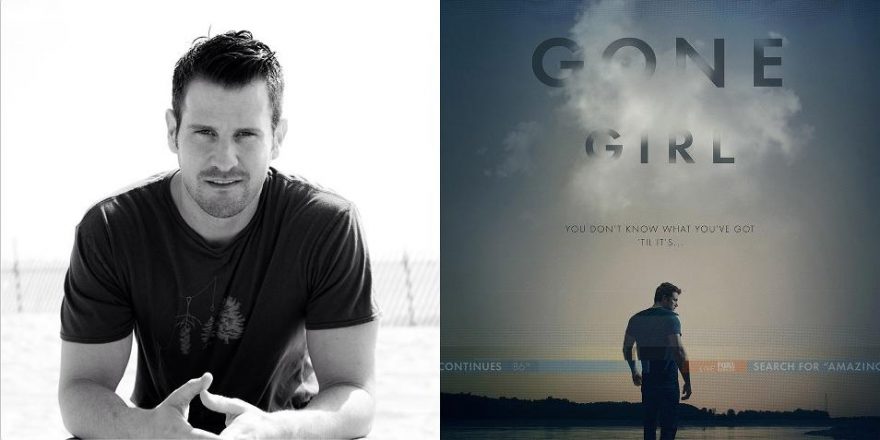I’ve had several mentors in my journey as a filmmaker and each of them has offered great lessons and insights, often without even trying. Some I sought out, others arrived in my life at just the right time. Through each of them, I have come into contact with a wealth of knowledge and experience that they gained from their teachers, which in turn I have passed on to others as I now increasingly find myself in the role of mentor. I have always been fascinated by the relationship between master and student and have enjoyed the paradox that reminds us that these roles can sometimes be reversed. I often think about the advice and support each has provided me.
When I was a 15-year-old self-taught filmmaker growing up in Northern California in the mid-’80s, I met up with a Stanford graduate student named Kim Bromley, who took a shine to me and was very much like a big sister to me. I worked as a PA and actor on educational films she was producing at the time. I talked to her about my short films and she was always very encouraging. One late night on one of her shoots, the gaffer – who saw I was extremely interested in lighting – told me about a music video he had recently worked on and offered me the home number of its young director, who was only a few years older than me. His name was David Fincher.
I cold-called him one night, I introduced myself and said I was looking to PA on his next shoot. That began a series of regular and lengthy phone calls wherein he would regale me with stories (and technical details) of shooting ink tanks for John Korty, photographing matte shots for a Star Wars or Indiana Jones movie, or how he made his notorious smoking baby commercial that effectively launched his career as a director. He was always very receptive to my Super 8 filmmaking adventures and would share details of scripts he was developing. Although we never had the chance to meet in person, those phone conversations were very formative and I was thankful he would take to the time to answer any of my technical questions. He listened and gave me his time, which is something I always remember when talking to anyone who has questions about process. It was a huge boost to my confidence and really taught me a lot about what goes into planning and crafting an image.
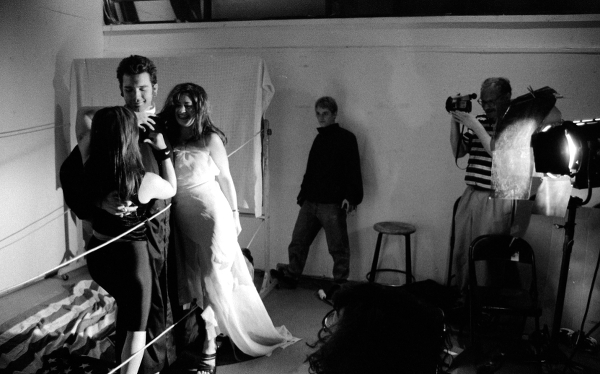
After spending some time in service industry jobs and at community college, I found myself at the San Francisco Art Institute bumming around the film department in the early ’90s. As almost everyone did at the time, I landed in George Kuchar’s daylong Friday production class, AC/DC Psychotronic Teleplays. He announced on the first day that we would make a film about Avon salespeople in the Amazon and that our total budget was $1,000. He dispensed bits of cash to several groups and our first assignment was to purchase props and other useful items for our story. As the weeks went on, the story expanded to include a nefarious Nazi plot to reanimate the dead. Or something. It was never quite clear.
Like myself, George was a self-taught filmmaker raised on pop culture and lurid B-movies. As teenagers, he and his twin brother Mike made glorious films in the Bronx, where they grew up, and showed them in Manhattan as part of the burgeoning underground film scene of the ’60s. It was there that people such as Jonas Mekas, Andy Warhol and John Waters saw their fully formed adolescent creations. George was unconcerned with limitations or lack of resources; paucity became part of the process. One of the best lessons you could observe while watching him work was his insistence on creating depth in the image. He was always looking to put foreground objects in the frame, whether it was a piece of plastic aquarium foliage or a cardboard window cutout. He understood the totality of the image and that there were dirt cheap ways to create a complex, textured image that would pop off the screen, even if it was comprised of nearby detritus.
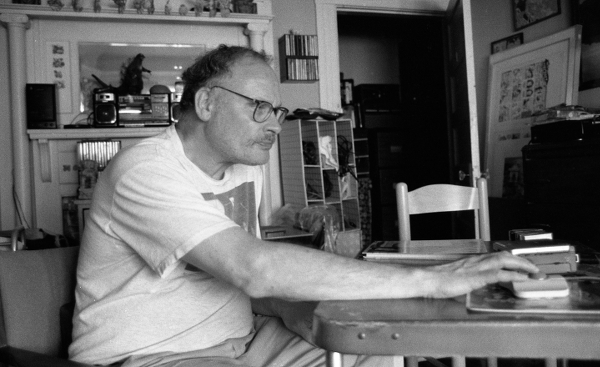
When I showed George the short videos I had made outside of school, he remarked in his trademark Bronx twang, “Oh, you already know how to make pictures!” It was a validating moment to realize that he saw what I was up to and appreciated I had developed a personal visual grammar. We became friends and I would routinely look after his cat when he went out of town. He even included my slapdash green card wedding to my German art school girlfriend in one of his annual holiday videos, Dingleberry Jingles (1994). I was fortunate enough to visit him during his last days and was able to make a short film about it called Last Visit with George. I learned from him the value of fearlessness and friendship and that making art should always be fun.
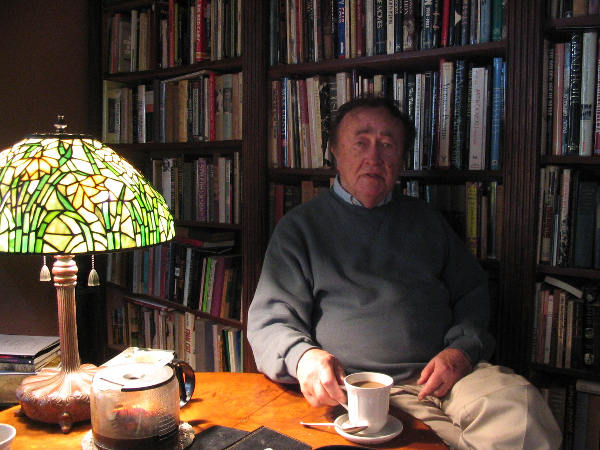
Several years after moving to Los Angeles, where I was developing a career as a film editor, my friend Jeffrey Schwarz asked me to take over a film he simply didn’t have time to cut as his new production company was just taking off. He introduced me to Curtis Harrington, a filmmaker I had known by reputation only, and I embarked on helping him with what would prove to be his final film. Like his former friend Kenneth Anger, Curtis was a self-taught filmmaker, and in the 1940s, while still in his teens, attracted the attention of Jean Cocteau and Maya Deren with his poetic film reveries. Curtis worked various jobs on a studio lot before making his debut feature, Night Tide, with Dennis Hopper in his first lead role. That film attracted the attention of Roger Corman, who hired him and this led to Curtis directing studio features and spooky TV movies with iconic actresses such as Shelley Winters, Debbie Reynolds and Gloria Swanson (!). Curtis was a direct link to a mysterious, old Hollywood, and had endless stories about working under Fritz Lang or his friendship with Marlene Dietrich. In the early 2000s, Curtis held colorful salons at his crumbling Hollywood villa, playing host to cult figures like Barbara Steele, Ray Manzarek, Mary Woronov, Bud Cort and true crime author John Gilmore. Once I even met Joe Stefano, the screenwriter of Psycho.
In making his second adaptation of Edgar Allen Poe’s The Fall of the House of Usher (he made his first when he was 14), Curtis played both of the story’s doomed siblings, Roderick and Madeline Usher, and chose to film it at his aforementioned crumbling villa, which stood in for a remote castle. Clever camera angles and creative cutting fooled even those of us who had been there. He shot the whole thing on 35mm short ends with Orson Welles’ last cinematographer, Gary Graver. We worked on weekends while I was editing two other films and I remember sitting on the end of his bed reviewing a VHS Avid output, while he gave very specific and motivated notes about what he was trying to achieve with tone and pacing. There was no indecision or micromanaging, just a strong sense of what he was trying to convey. It was a great lesson in watching a confident director communicate his intentions while still allowing me, as his editor, to find the exact solution for each problem. He was so passionate about cinema as an art form of the unconscious that could reveal our dreams to us, and was a true poet of shadows. Jeffrey Schwarz and I completed a short documentary about him, House of Harrington, after he died in 2007.
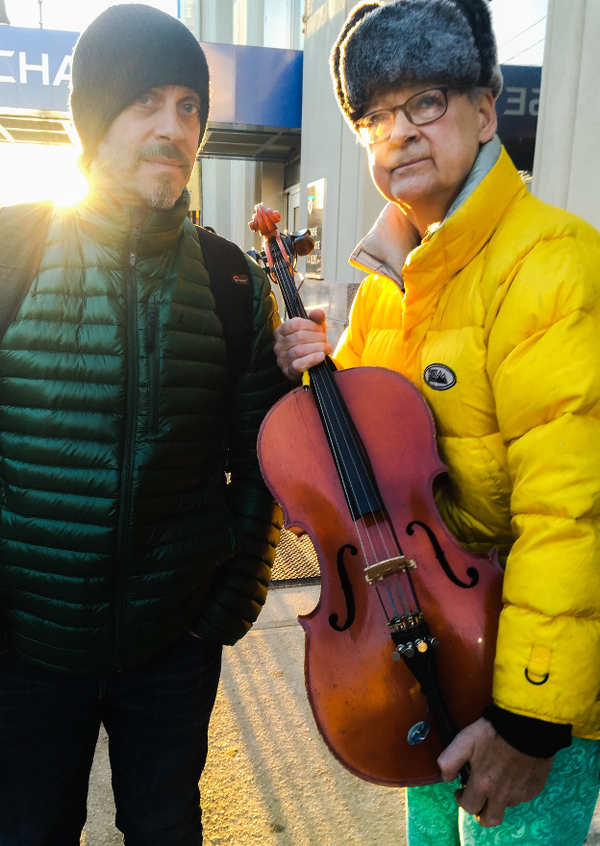
In 1994, while still a student at the San Francisco Art Institute, I met and began filming the filmmaker-musician-composer-artist Tony Conrad and our working relationship would last the longest of all. Tony was a bit of a secret legend when I met him, a mystery man no one could really pin down. His body of work was so disparate that many observers had a difficult time reconciling it all to one person. He had played with La Monte Young and John Cale and was even in a pre-Velvets band with Cale and Lou Reed for a bit. He had worked with Stockhausen and Jack Smith and was connected to a colorful time in American cultural history. Throughout the ’80s, he worked with younger American artists like Mike Kelley and Tony Oursler. In the ’90s, he started releasing records.
Over the ensuing years, I filmed a multitude of performances and interviews with Tony with the vague idea that I might one day craft it all into a film of some kind. Finally, in 2010, I proposed that we invest fully in making a documentary. Tony agreed and we began shooting the film in earnest. The time spent shooting with him was always revelatory. He had a great, encouraging way of questioning everything. There was never much concern about trying a bad idea, as it might lead to a good one. Although I often felt like an unofficial student of his, I realized he also saw me as a peer and, ultimately, a collaborator. I finished the edit of Tony Conrad: Completely in the Present the day before he died in April 2016. Perhaps the master felt the student was ready.
I’m not the only one who felt empowered by Tony’s generous and curious nature. He was so helpful in reminding anyone that the only limitations in making work were self-imposed. You simply needed to create with what you had. And that’s what I did and still do and encourage others to do as well. I love that a continuity exists between those who shared their lives and experiences with me and what I can, in turn, pass on. We are always learning from each other.
All images by Tyler Hubby, except image of Hubby and Conrad by Damian Calvo.




